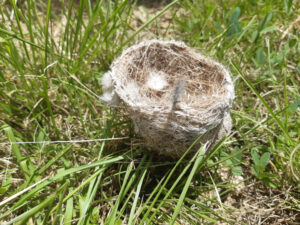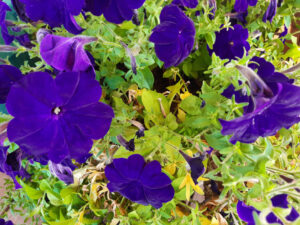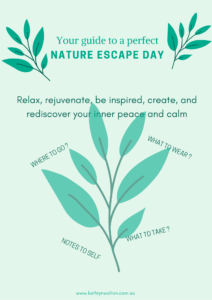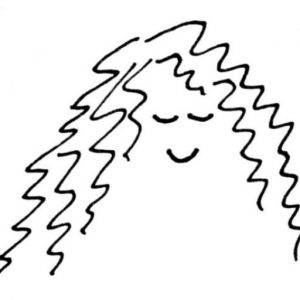Having that connection with the natural environment it’s the best health tonic that you can have.
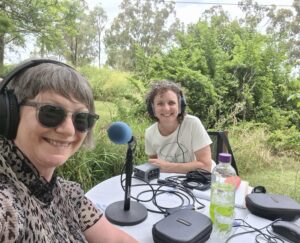
This is the transcript from the Season 2, Episode 2 of the Outdoors is my Therapy Podcast with my friend Julia Keogh.
The Best Health Tonic
Kathryn: Hello and welcome back to the Outdoors is my Therapy podcast. I’m your host Kathryn Walton. This is Series 2 and each week you’ll get to meet one of my friends who’ll share what inspires them about the outdoors. Each episode is just a few minutes long, like a little snack of information and inspiration that feeds your mind and your heart and reconnects you with the therapeutic benefits of the outdoor world.
Kathryn: Movement, physical activity and exercise make up one of the foundation stones for your mental health and your wellbeing. Being physically active helps you strengthen the other foundation stones that contribute to health, such as sleep, nutrition, mental fitness and connection. The research is clear that you reduce your risk of a whole range of chronic diseases, including depression and anxiety, when you live an active lifestyle. By being physically active or exercising in the outdoors, you boost your body’s internal sleep system and your powers of concentration and your thinking, and you can also ground yourself in nature by connecting with the land and the plants and the animals that live there. Today, you’ll hear from my friend Julia Keogh, who shares with us that the outdoors inspires her to keep moving because however you look at it, the outdoor world is ever changing. It’s always moving. And she says, having that connection with the natural environment is the best health tonic you can have. And listen out for the delightful bird song that you can hear in the background of this episode. Meet my friend, Julia.
Kathryn: I’m sat here in a beautiful garden with my friend, Julia. Julia, what inspires you about the outdoors?
Julia: Hello, Kathryn. Well, welcome to my overgrown garden. What inspires me about the outdoors? Can I give our listeners just a bit of a visual? Is that okay?
Kathryn: That sounds perfect.
Julia: Ok great. So we’re sitting at the front of our little property in Warwick. So my parents bought out here about 55 years ago. And they, one of the first things that they did, they planted these beautiful Jacaranda trees that we’re sitting under the shade of at the moment. And while Kathryn and I have been talking, she’s been watching the different birds that come around. We have so many varieties of different birds out here. We’ve got butterflies galore. We’ve got bugs aplenty. We’ve just had 38 mm of rain over the past 24 hours. It is absolutely feeling so incredibly beautiful and alive. So what inspires me about the outdoors is it’s ever changing, but always moving. And that I think is something that I really need to keep on reminding myself about every day to just keep on moving.
Kathryn: While you were talking Julia, there was this tiny, tiny little bird, which is now in that little Jacaranda behind you flitting around.
Julia: A little tiny wren?
Kathryn: A little wren oh just gorgeous. And so tiny and really could just blend into the background unlike the six king parrots that were perched above you just a little while ago.
Julia: Or the noisy Willy Wagtails that, that love coming in and having a chat. So, this is my favourite place. I love waking up here every morning. So this is my routine. We have a number of farm animals, but we also have a number of pet animals. So we have Maremmas and cats. And so we go through the daily, you know, wake up and feed routine but the first thing that I do of a morning is I walk outside without any shoes on to feel the grass under my feet because as you and I know coming out of 10 years worth of drought and having only dirt to walk on, being able to walk out into lush springy grass is my absolute favourite thing to do every single morning barefoot. It doesn’t matter whether if, and it’s even better if it’s been raining or there’s a heavy dew.
Kathryn: Just blissful
Julia: It is, isn’t it. And it’s such, it’s such an incredibly powerful grounding technique to use as well. And and I find just, just doing that, and feeding my magpies. So for anyone who’s listening, I do understand that there’s certain things that you can feed magpies and things that you can’t. So I’m continuing to feed magpies that used to come and visit my dad, who actually passed away a couple of years ago. So I’m still hand feeding the families of those magpies that Dad originally befriended years and years ago. And having that connection with the natural environment it’s the best health tonic that you can have.
Kathryn: Thanks for tuning in to the Outdoors is my Therapy podcast. We hope you feel inspired to connect with the outdoors no matter how big or small your adventures might be. If you’re looking for more inspiration or you’d like to connect with others in the Outdoors is my Therapy community, check the show notes for all the links.
LINKS
Contact Kathryn via her website
Grab your free Guide to a Perfect Nature Escape Day when you subscribe to the Grounded Inspiration newsletter (limited time)
Join the Outdoors is my Therapy Facebook Group
You can listen to the episode “Nature: The Best Health Tonic You Can Have” here:

